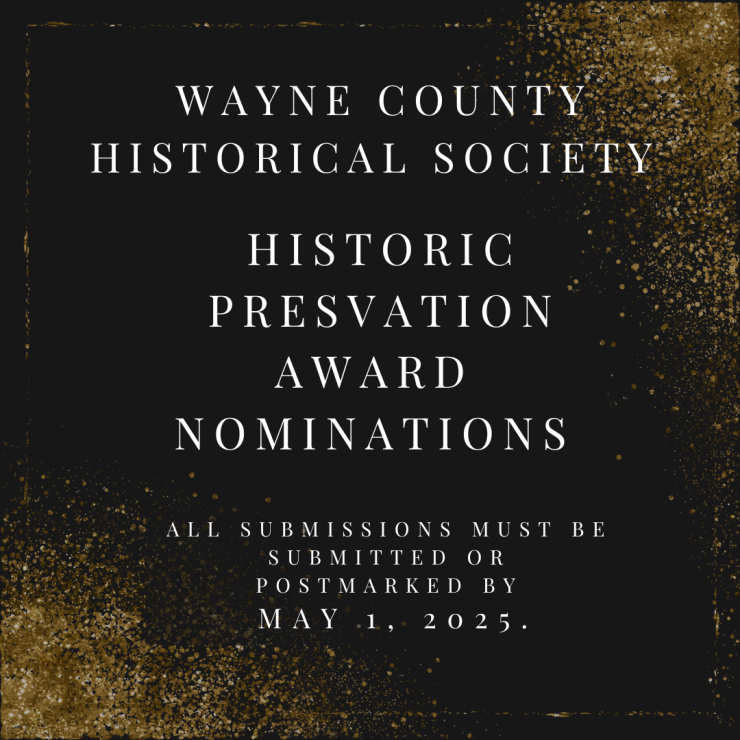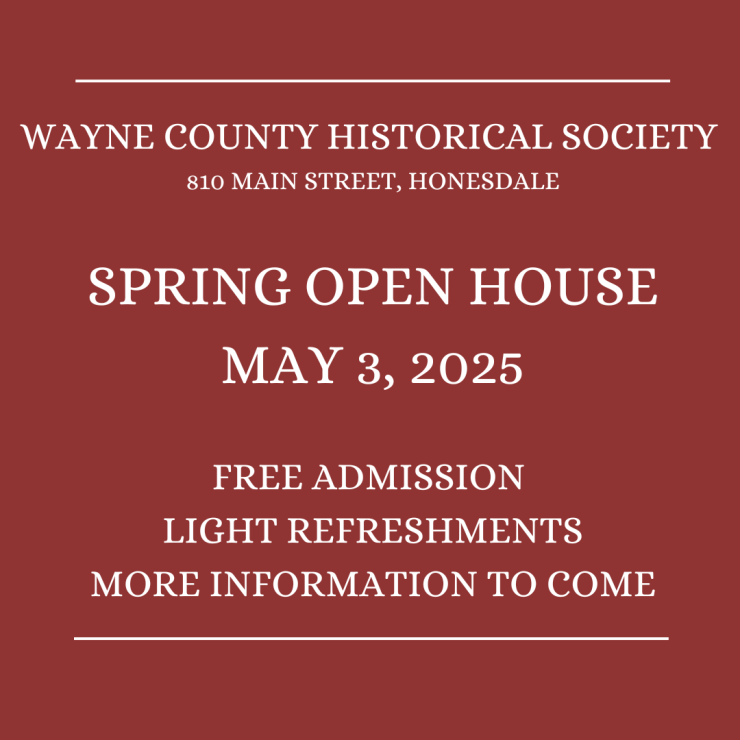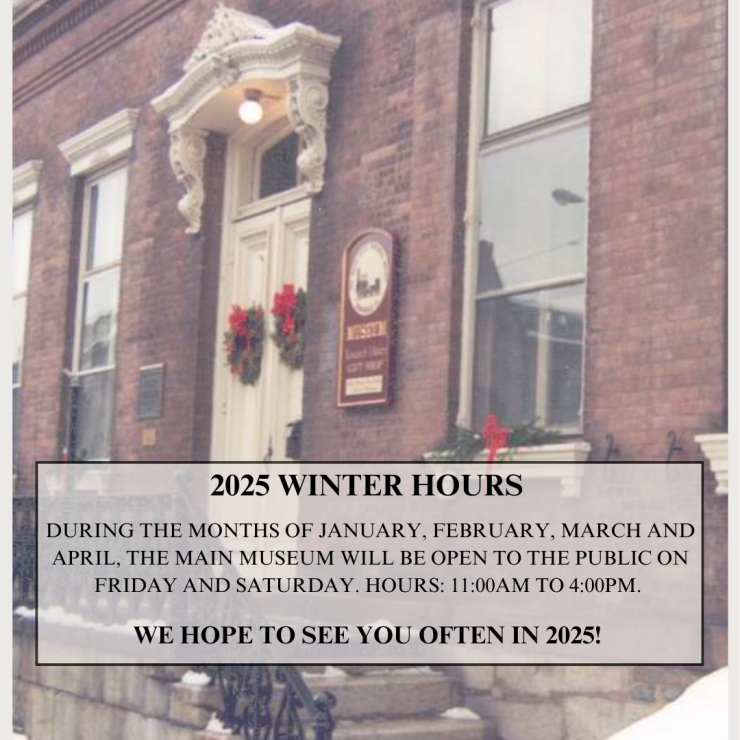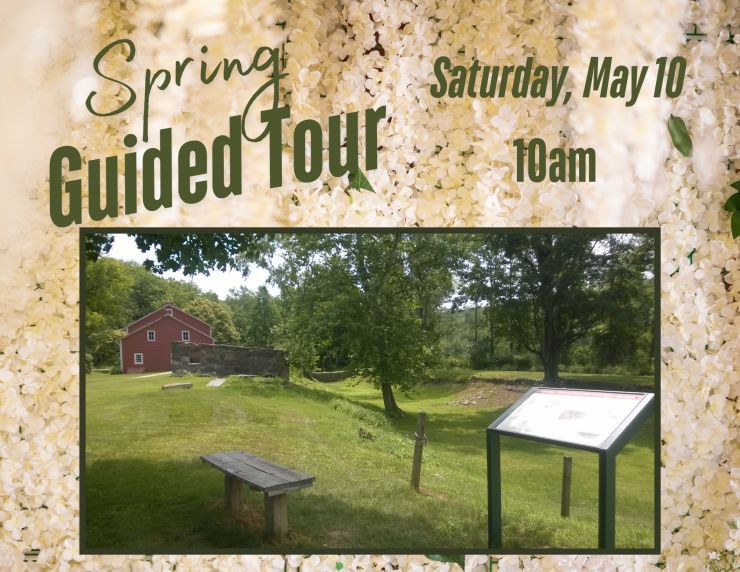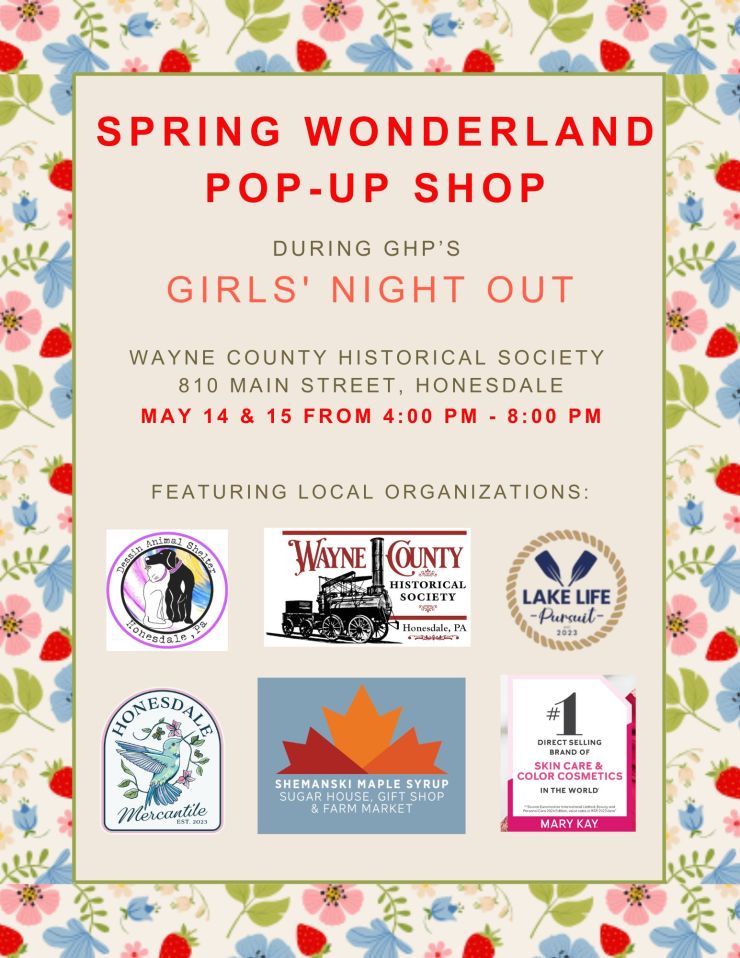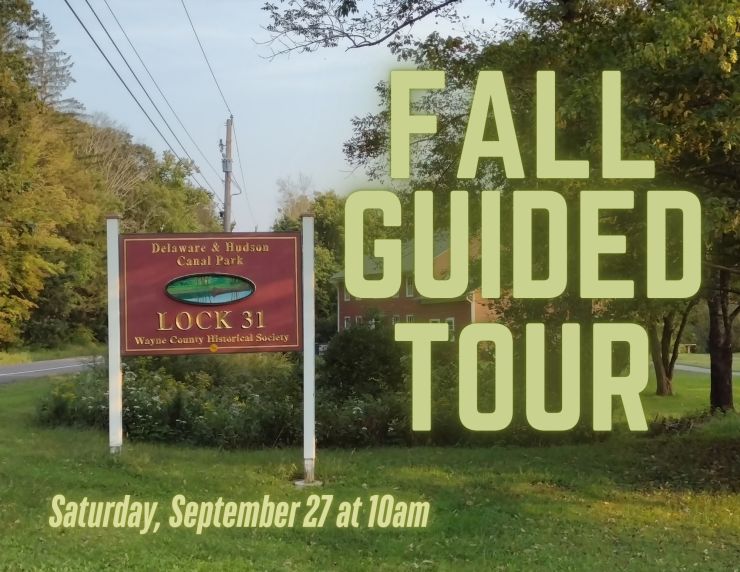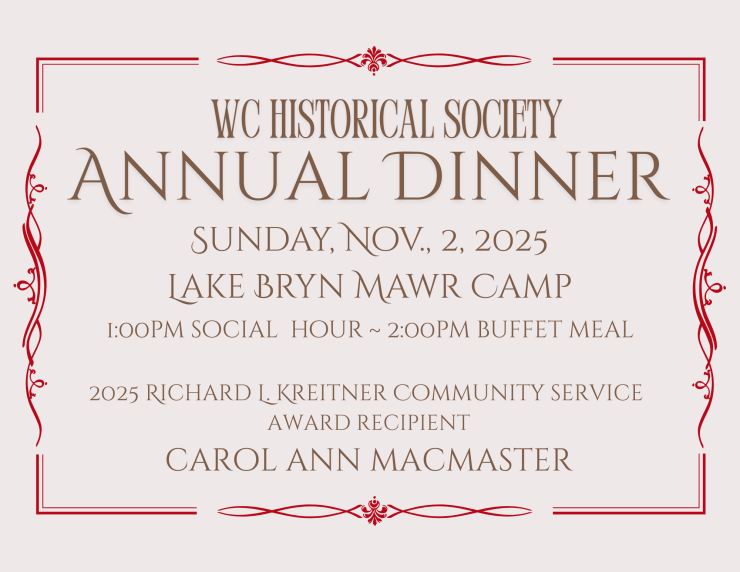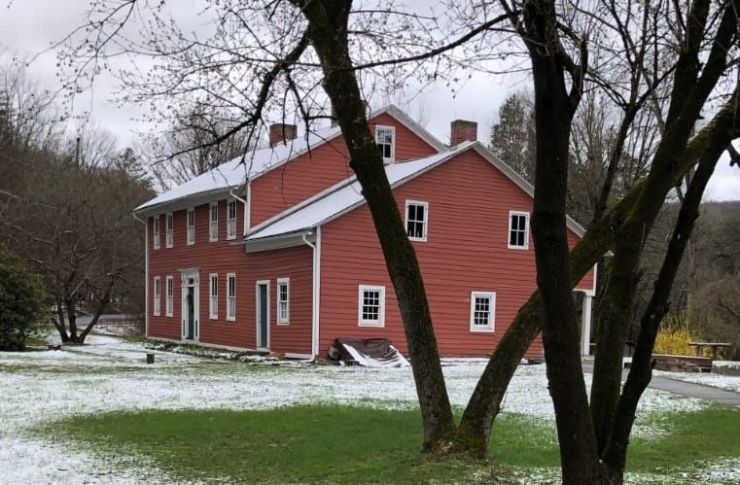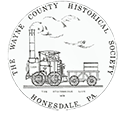Canaan Township
Canaan, along with the other four original townships of Wayne County, was established in 1798. Pieces were broken off over the years as the population grew and other townships were established. Salem was formed in 1808 and Clinton in 1834. Waymart was created as a borough in 1851, and Cherry Ridge Township "stole" a small piece from Canaan. Finally, in 1852, the remainder was split into Canaan and South Canaan townships.
By 1798, there were already twenty-nine taxable men (and one woman) living with their families in Canaan: Farmers John Bunting, Henry Curtis, William Cooper, Moses Dolph, Robert Freeland, William Harrison, Edward London; Hans, Jane, Conrad and John Swingle; Adam Wagoner; John, Enos, Asahel and Silas Woodward; George Enslin, blacksmith; Clement King, millwright; Chester Kimble, mason; Elisha Potter, weaver; Asa Stanton, innkeeper; John H. Shenk [Schenck], gentleman; Edward Wheatcraft, laborer. Note the list included one woman and one gentleman. The rest followed typical rural occupations. Many of these original settlers lived in the section of the township that later became South Canaan and will be profiled in a later installment about that township.
Canaan Corners was a noted stage station of the time, since it was the point where the stages from all directions met; large droves of cattle, sheep and hogs were also driven over these roads.
Captain George Rix came from New London, Connecticut, to settle near Canaan Corners and gave his name to Rix's Gap, the high point of the Delaware & Hudson Canal Company's Gravity Railroad. The G. A. R. post at Waymart was named for his grandson, Warren Rix, who died in the Civil War.
Harvey Perkins, a skilled carpenter and builder, came from Woodbridge, Connecticut, in 1821, and built the first Methodist church in Honesdale and the first hotel in Carbondale. He married Caroline, the daughter of John Fobes, who settled in 1808, and was soon elected a justice of the peace. He was also a civil engineer and school teacher.
Captain Matthias Keen moved in 1811 to Canaan from Milford, which was then part of Wayne County, and built the first dam at Keen's Pond. He operated a grist mill and was a public-spirited citizen who did much to develop the township and county.
Noah Rogers of Branford, Connecticut, furnished horses for the Gravity Railroad. His son William, a physician, operated a Water Cure on the mountain near the Keen home.
Isaac Plant was killed by the Gravity cars at Plane No. 9 in 1866. Along with Asa Stanton, he was a noted hunter and was said to have killed nine deer in one day.
A group of hard-working Irishmen settled in the eastern part of the township. James Moylan, who arrived in 1820, was followed by Thomas Burke and Michael Lobey in 1826, William Nagle, David Moylan and David Cashman in 1828. And John Foley, Daniel Foley, Thomas McGraw, Owen Roach, J. Cashman and John Leary in 1830. The post office at Fermoy was established in 1885 on land owned by James Moylan., whose son became the first postmaster and storekeeper. The first school was a log building.
Silas Hoadley lived one mile south of Canaan Corners on the Belmont and Easton turnpike. His grandson, James Hoadley, was once the tallest man in Wayne County. To date, we have not been able to determine his height.
James Carr was among the early settlers in the area of Canaan Corners. One of his daughters married artist John A. Gustin and the other married Randall Wilmot, father of David.
Thomas Starkweather came from Connecticut in 1811 and in 1822 built a large hotel at Canaan Corners. He donated and laid out the cemetery at Canaan Corners in 1834 and also gave the ground on which the first church was built in 1838.
The wife of Vena Lee, who came from Connecticut in 1810, was known as Mother Lee, and used her knowledge of medicine to assist her neighbors at all times, day or night.
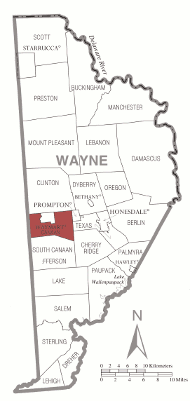
Navigation
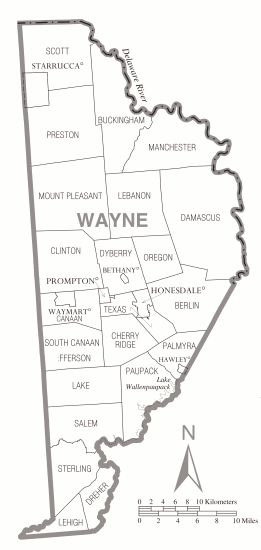
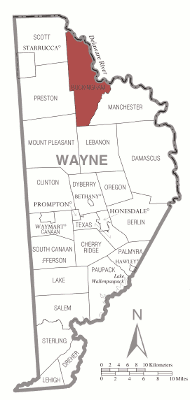

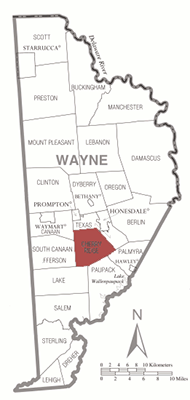
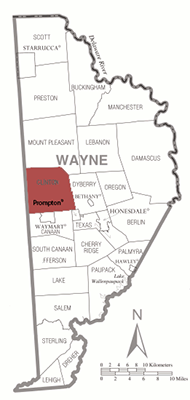
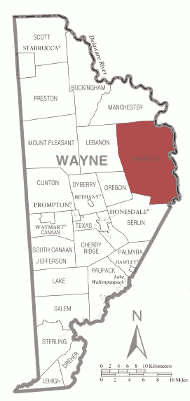
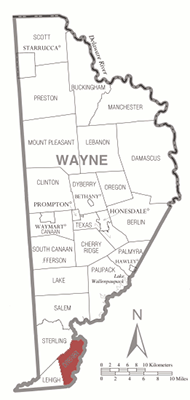
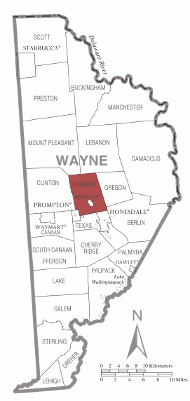
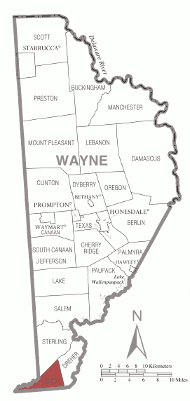

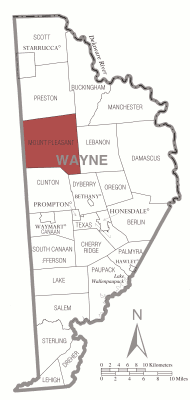
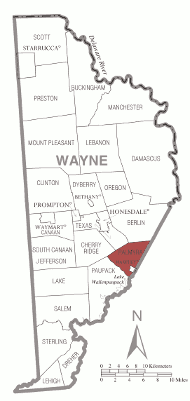
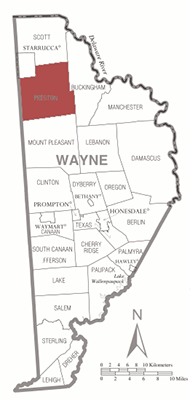


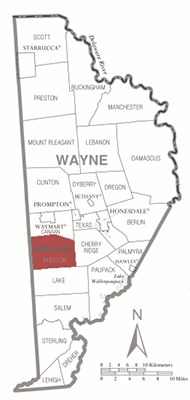
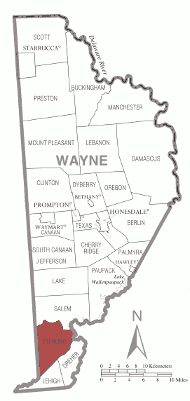
News and Events
